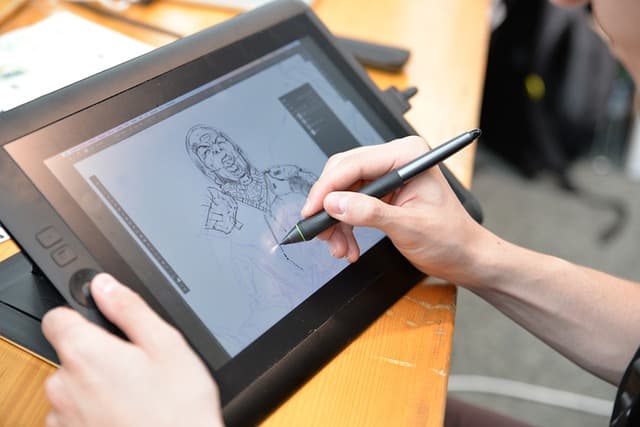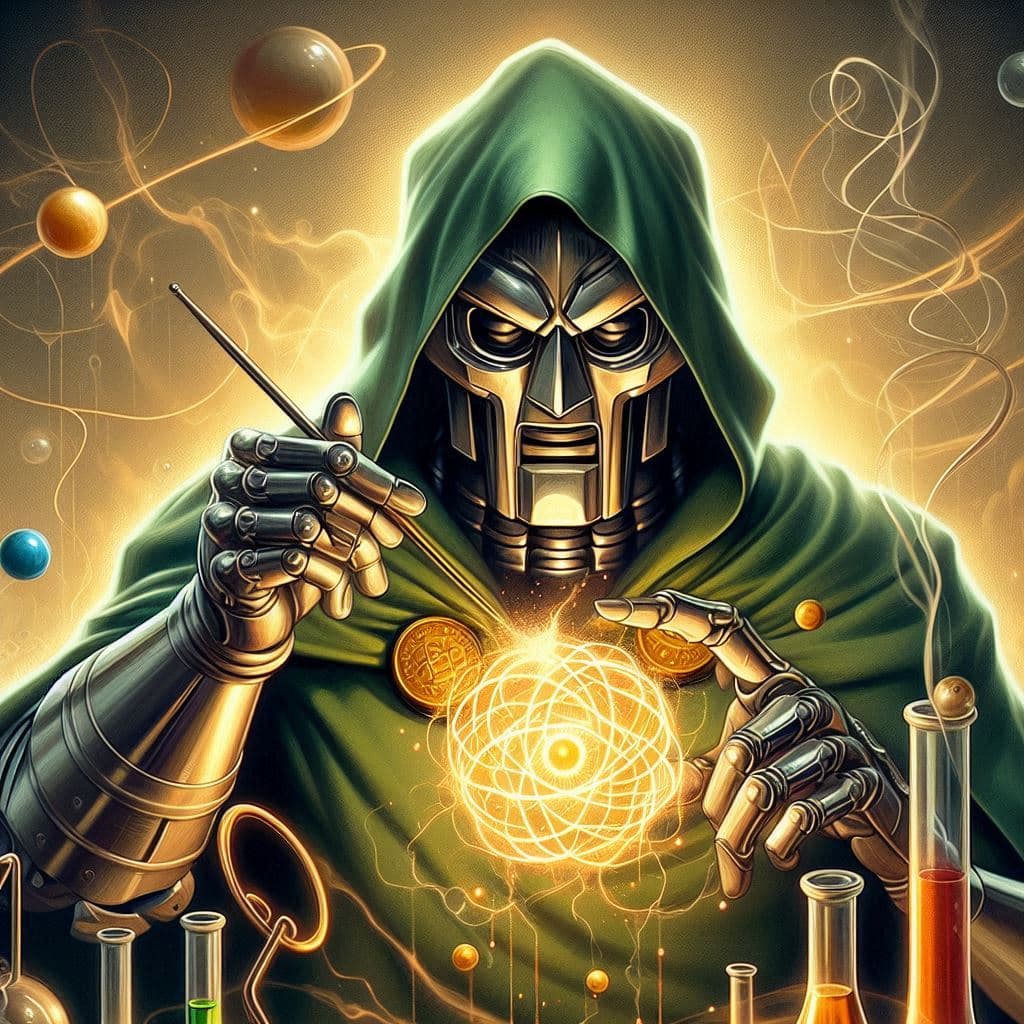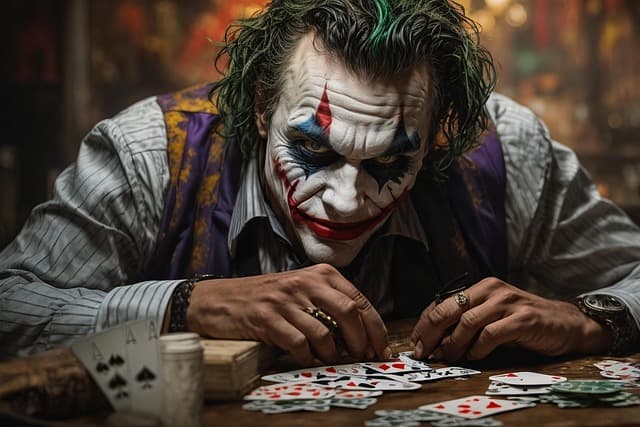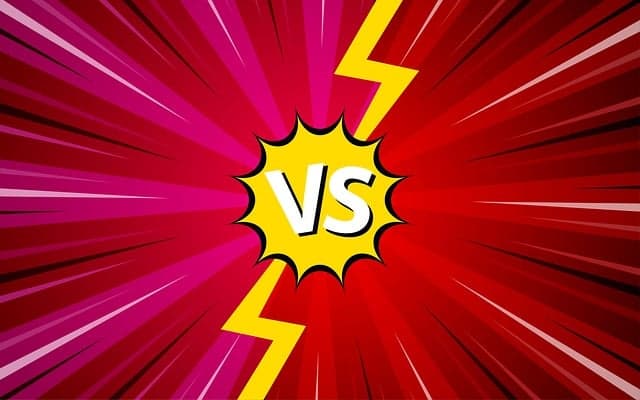Crossovers in the world of comic books are not just spectacular battles between heroes from different series. They are turning points after which the Marvel and DC universes were never the same again. These events erase boundaries, rewrite realities, erase characters from the face of the Earth and resurrect the long-forgotten. They become not just comic book movies, but cultural moments discussed for years. It started with a desire to unify characters, but ended up completely reformatting entire worlds.
In 1984, Marvel released Secret Wars, a crossover that was the first major event of its kind. Prompted by a mysterious creature named Beyonder, heroes and villains found themselves on a distant planet where they had to fight for survival. This plot gave not only a new round of popularity to the characters, but also set the structure that crossovers would follow for decades to come: scale, consequences, and emotional drama. It was here that Spider-Man first donned the black suit that would later become Venom. Not just a fight – but a pivotal moment.
DC didn’t stay away and in 1985 released Crisis on Infinite Earths, an attempt to unify the chaotic multiverse canon into a cohesive, logical timeline. Hundreds of characters, parallel Earths, sacrifices among key characters, and a total reboot: after this event, the DC Universe began counting down anew. It was a bold move that cleaned up a convoluted history and gave the writers a new space for storytelling.
Marvel later turned the playing field upside down again with Civil War in 2006. The conflict between Tony Stark and Steve Rogers over superhero registration was not only a political and philosophical dispute, but also a personal tragedy for the entire superhero community. This crossover showed that even ideals can collide head-on. It influenced the tone of Marvel Comics for years to come and even became the basis for one of the most famous movies in the movie universe.
Finally, DC released Flashpoint in 2011, a crossover in which Barry Allen changes the past to save his mother, but in doing so creates an alternate reality where things aren’t the way we’re used to. Thomas Wayne is Batman, Superman is the subject of government experiments, and the Amazons and Atlanteans are engaged in a devastating war. The story ends with a new timeline called “The New 52”, with updated versions of all the heroes. Flashpoint has come to symbolize how one event can tear everything down to the ground and start anew.
Crossovers aren’t just “all the heroes in one comic book.” They are a tool through which publishers do reboots, introduce new canons, and challenge established images. They serve as catalysts for change and reflect the zeitgeist, from the cosmic battles of the ’80s to the internal conflicts and moral dilemmas of the 2000s. And that is their real power.



